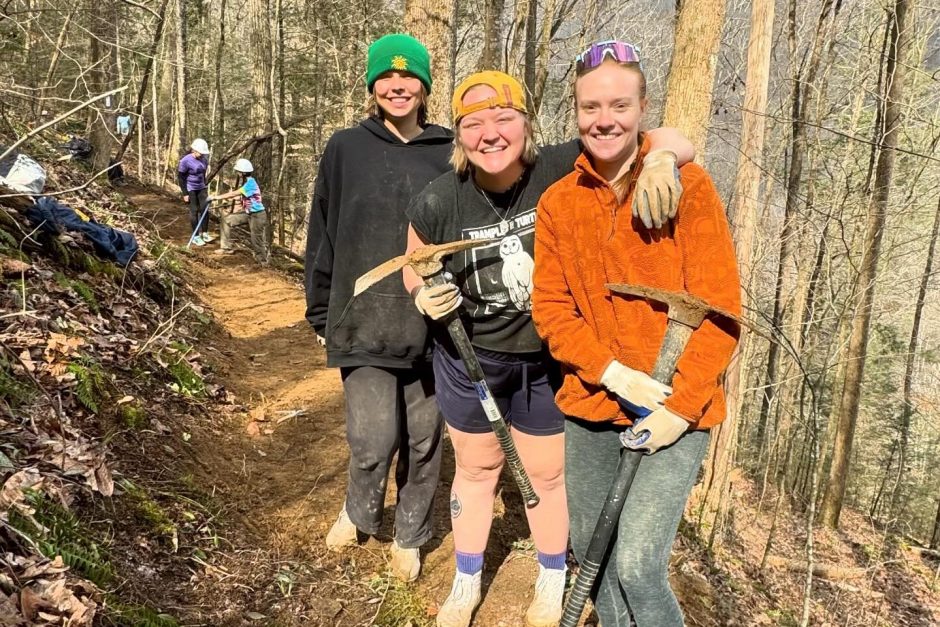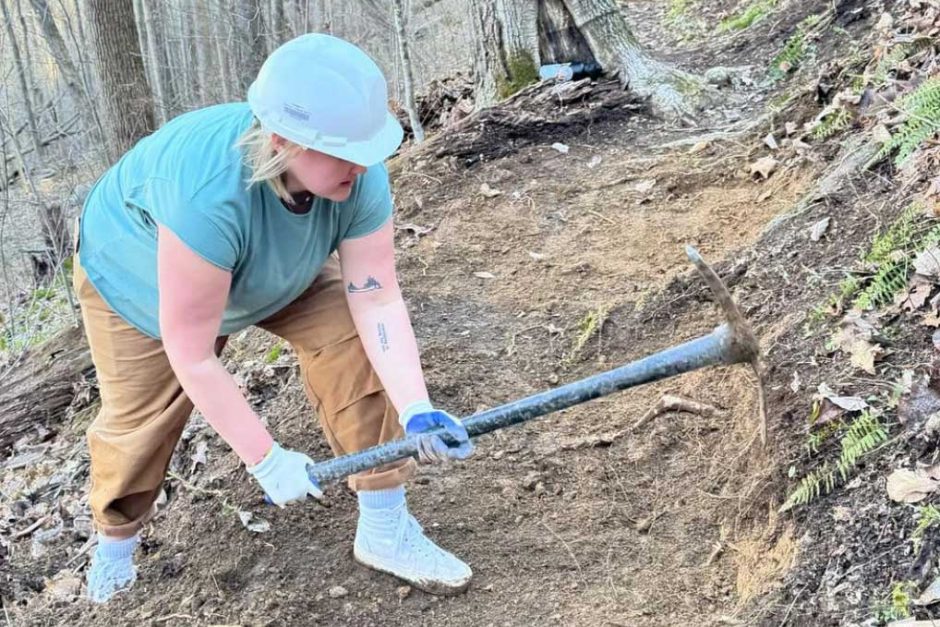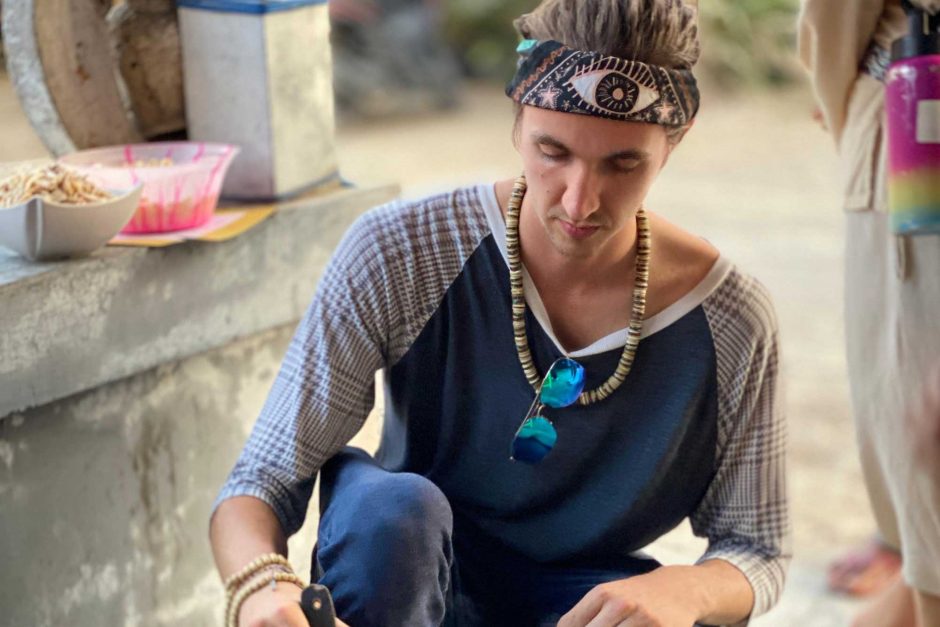Last Word: A Prairie Journey
Iowa prairies brought me, through a lifelong meandering journey, to Karner blue butterflies and then back to Iowa and Cornell College.
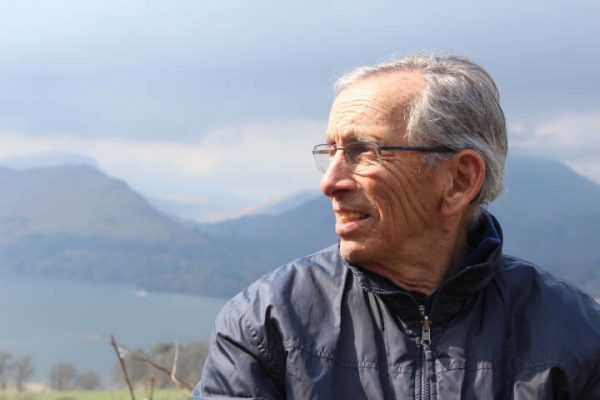
I was born on the northeast Iowa prairies of New Hampton, spent four gratifying years at Cornell, then received an M.D. and practiced ophthalmology in Appleton, Wisconsin, until 2002. While my career was satisfying, I’ve gained equal satisfaction in connecting with the world outside the office. Inspired by the writing of Iowa native Aldo Leopold and his work at the University of Wisconsin, I acquired land in central Wisconsin. Restoration biology has become my avocation, specifically prairie restoration to provide habitat for the federally endangered Karner blue butterfly. I call my prairie the Mecan Prairie, after the trout stream that flows near it.
A critical part of creating appropriate habitat is planting wild lupine, the only Karner larval food source. Initially there were no Karners on Mecan Prairie. In 2017 the population estimate on the 160-acre prairie was over 12,000 butterflies. I presented and published my findings at the North American Prairie Conference in 2008 and 2016, contributing ideas concerning the management of sand prairies for Karner blue butterflies.
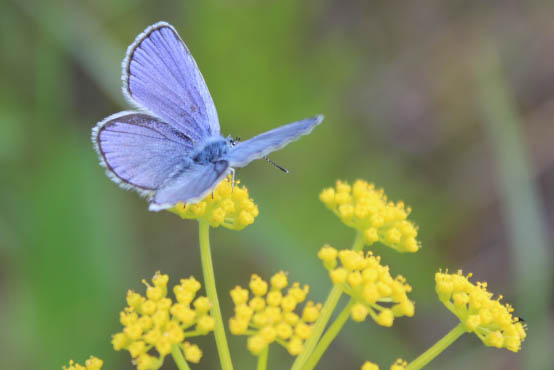
I have returned to Cornell and my Iowa roots on many occasions related to prairies. I created a preserve on the Upper Iowa River protecting prairie and algific talus slopes—named the Finch Preserve in memory of my mother’s family. Dr. Michael Osterholm, a Luther College graduate, and I collaborated for 15 years on trout stream, savannah, and prairie restoration at his land north of Waukon, Iowa. Jackie Martin, wife of Cornell’s Emeritus Professor of English Richard Martin (who taught my sister, Susan Shillinglaw ’73), published a book detailing one of the projects on this land, called “Creekfinding: A True Story.”
Yet another Cornell connection was an essay I encountered by Winifred Van Etten ’25 in an anthology of prairie writings edited by John T. Price. It described her girlhood on the prairies of Emmetsburg, Iowa. Dr. Van Etten taught the most memorable course of my career, The Continental Novel, where I first read “The Plague” by Albert Camus. Even when things seem hopeless, Camus insisted, it’s important to act. Environmental activism might be seen in this light.
It is important for all of us to assume responsibility for the natural world. Technology (such as e-BIRD, zooniverse, and iNaturalist) has increased the ability of people to accumulate and distribute scientific knowledge. Hopefully citizen science will flourish as have Karner blue butterflies on Mecan Prairie.
Aldo Leopold writes in “A Sand County Almanac,” “There are some who can live without wild things, and some who cannot. These essays are the delights and dilemmas of one who cannot.” Nor can I.
In 2013 John Shillinglaw received the Henry Greene Award for Innovative Approaches in Restoration, presented by the Aldo Leopold Foundation and the University of Wisconsin Arboretum.

